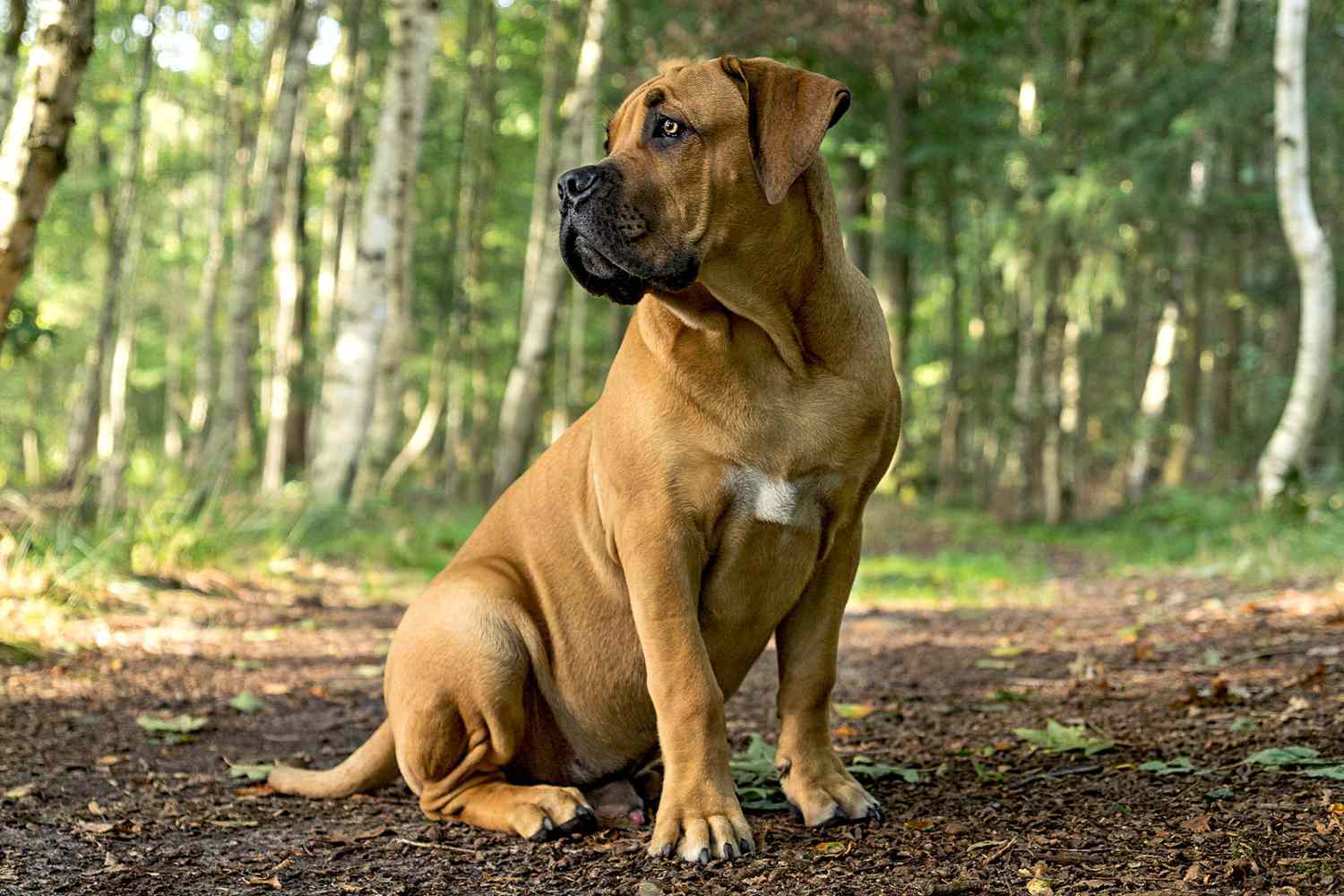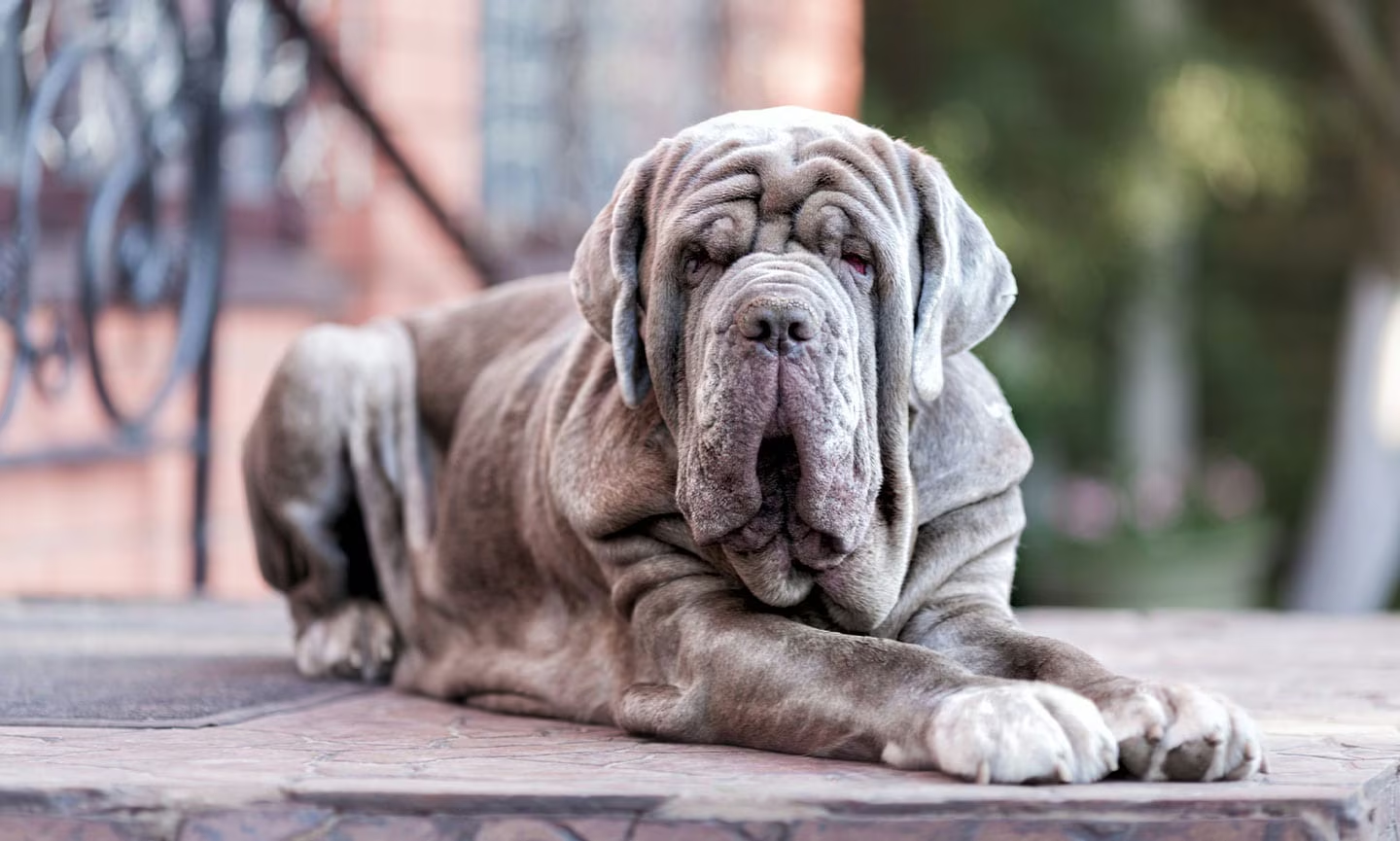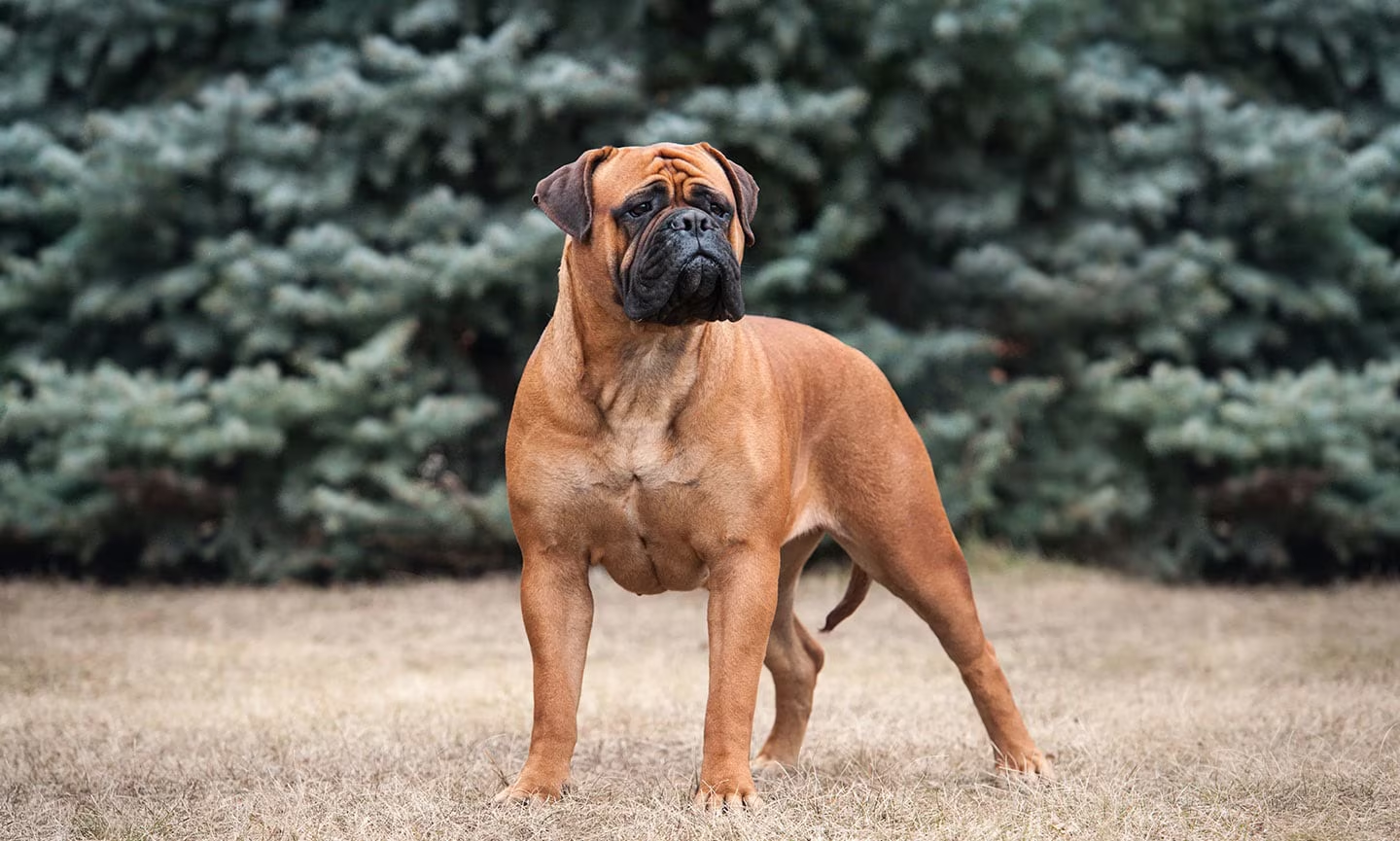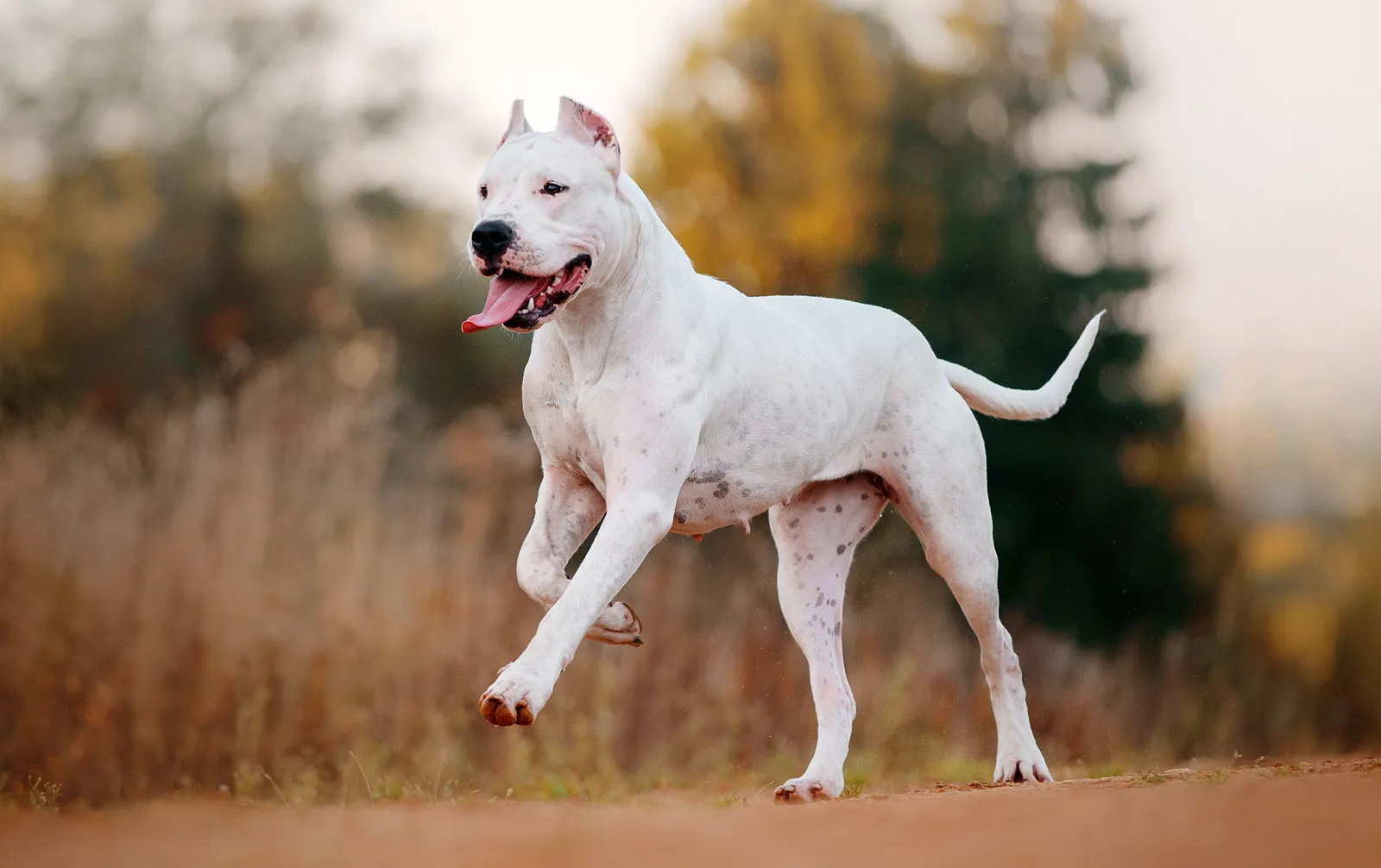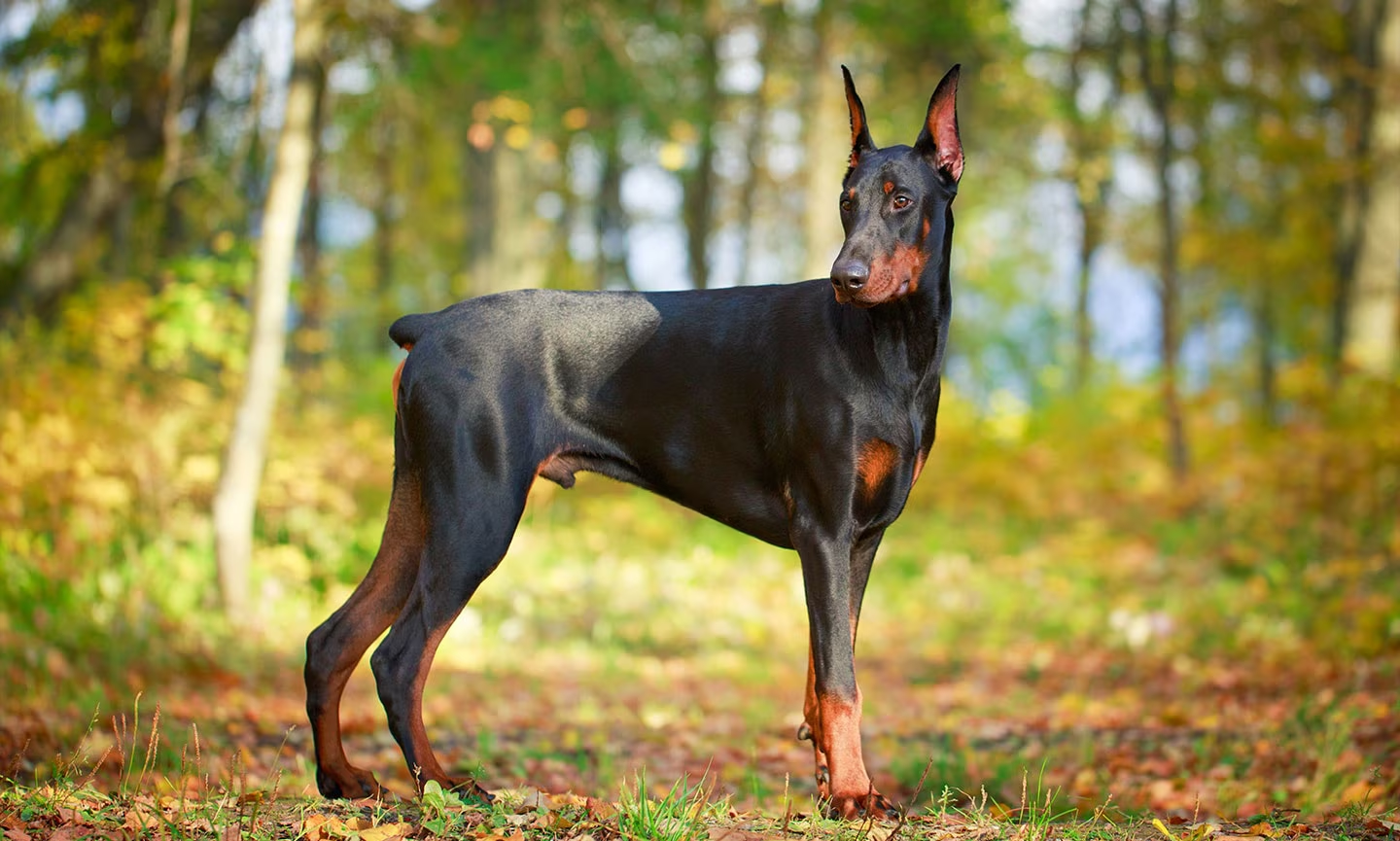Introduction: The South African Guardian That’s Taking America By Storm
Okay, so I’m totally obsessed with massive dogs that think they’re lap puppies, and the Boerboel (pronounced “boo-r-bull”) might just be the ultimate example. This South African mastiff is basically what happens when you combine a tank with a teddy bear — intimidatingly powerful but surprisingly gentle with their humans. If you’ve been sleeping on this breed, it’s time to wake up! These magnificent beasts are slowly winning hearts across America with their unique blend of protective instincts and family-oriented personalities.
Coming in at a whopping 150-170 pounds for males (ladies are a bit more petite at 110-140 pounds), these dogs are not playing around in the size department. But here’s the thing — despite their imposing presence, Boerboels can be some of the most loving, devoted companions you’ll ever meet. In South Africa, they’ve been trusted guardians of farms and families for centuries, and now they’re bringing that same loyalty to homes across the US.
Whether you’re already a proud Boerboel parent, considering adding one to your family, or just curious about these fascinating canines, I’ve got you covered. Let’s dive into everything you need to know about the breed that was literally bred to fight off lions and leopards but will also gently babysit your toddler. (Though always with supervision, because, duh, they’re still dogs!)
The Rich History: From Dutch Settlers to Modern Family Guardians
The Boerboel’s history is basically a South African adventure story. Dating back to the 17th century, these magnificent dogs were developed by Dutch settlers (called “Boers”) who needed tough, reliable protectors for their remote homesteads. The name itself tells you their purpose — “boer” means “farmer” in Dutch/Afrikaans, and “boel” is related to the English word “bull,” essentially making them the “farmer’s dog.”
When European settlers arrived in South Africa in the 1600s, they brought along their large mastiff-type and bulldog-type breeds. These imported dogs were then crossbred with indigenous African dogs to create the perfect guardian that could thrive in the harsh African climate and stand up to some seriously scary predators. We’re talking lions, leopards, baboons, and hyenas — all of which would make regular appearances threatening the settlers’ homes and livestock.
Over generations, these dogs were selectively bred for courage, intelligence, and loyalty, creating the versatile farm dog that could both protect property and provide companionship to isolated families. They weren’t just guardians; they were valued members of the family unit, developing the balanced temperament we see in today’s Boerboels.
The modern Boerboel’s development as a distinct breed really took off in the 1950s, though the breed wasn’t widely recognized internationally until much later. In fact, the American Kennel Club only officially recognized the Boerboel in 2015, making it a relatively new addition to the official US dog scene. Despite being newcomers in terms of recognition, they’ve quickly climbed the popularity charts, currently sitting at around #118 on the AKC’s list of most popular breeds.
Physical Characteristics: The Ultimate Power Package
Let’s talk about what makes the Boerboel such a head-turner. First off, these dogs are MASSIVE. Males typically stand 24-27 inches tall at the shoulder and weigh between 150-200 pounds of pure muscle. Females are slightly smaller but still impressive at 22-25 inches and 110-140 pounds. When a Boerboel walks into a room, everyone notices.
Their physical appearance screams “power.” With a broad, blocky head, strong jaws, and a muscular neck that flows into powerful shoulders, these dogs look like they could bench press your couch (and honestly, they probably could). Their chest is deep and wide, and they have strong, straight legs built for both speed and endurance.
The Boerboel’s coat is short, dense, and smooth, making it relatively low-maintenance compared to fluffier breeds. They come in several colors including brindle, brown, cream, reddish-brown, and tawny. Many have a distinctive black mask on their face, which just adds to their dramatic appearance. Their skin is typically darkly pigmented, an adaptation that protected them from the harsh African sun.
But what really distinguishes a Boerboel is their presence. There’s something about these dogs that goes beyond their physical size — they carry themselves with confidence and dignity. Their eyes are dark and intelligent, always alert and observant. When a Boerboel makes eye contact with you, you can practically feel their wheels turning as they assess whether you’re friend or foe.
Temperament: The Surprising Gentleness of a Guardian Breed
Here’s where Boerboels really shine and why I’m so obsessed with them. Despite their intimidating size and protective nature, well-bred and properly socialized Boerboels are remarkably gentle and affectionate with their families. These dogs form incredibly strong bonds with their humans and are especially known for their patience and protectiveness with children.
Don’t get it twisted though — their gentle nature with family doesn’t mean they’re pushovers. Boerboels are confident, dominant dogs with a natural wariness toward strangers. Their protective instinct runs deep, and they won’t hesitate to step in if they perceive a threat to their loved ones. This makes early socialization and consistent training absolutely crucial.
Intelligence is another Boerboel trademark. These dogs are quick learners but can also show an independent streak. They needed to be able to think for themselves when guarding remote farms, and that quality persists in the modern breed. A bored Boerboel can become destructive, so mental stimulation is just as important as physical exercise for these cerebral giants.
One thing to understand about Boerboels: they’re not for everyone. Their combination of size, strength, and protective instincts means they require an experienced, confident owner who can provide firm but loving guidance. In the right hands, they’re magnificent companions, but they’re definitely not a breed for novice dog owners.
Training and Socialization: Essential Elements for a Well-Balanced Boerboel
I cannot stress this enough: proper training and socialization are non-negotiable with a Boerboel. Remember, we’re talking about a dog that was bred to guard against predators and has the physical capacity to back it up. Training isn’t just about teaching cute tricks — it’s about ensuring everyone’s safety and happiness.
Training should begin the moment your Boerboel puppy comes home. These dogs respond best to positive reinforcement techniques that reward good behavior rather than punishing mistakes. Consistency is key — all family members should use the same commands and enforce the same rules to avoid confusing your intelligent pup.
Socialization is equally important. Your Boerboel needs to be exposed to a wide variety of people, animals, environments, and situations from an early age. This helps them learn to distinguish between normal situations and genuine threats. Without proper socialization, a Boerboel may become unnecessarily aggressive or fearful, which can be dangerous given their size and strength.
A well-socialized Boerboel should be calm and confident in different environments, able to accompany you to outdoor cafes or on hikes without issue. However, even the best-trained Boerboel should never be off-leash in unenclosed public spaces. Their protective instincts can kick in unexpectedly, and their size means they can unintentionally cause harm even when playing.
One aspect of training that’s often overlooked is establishing yourself as the pack leader. Boerboels need a confident owner who projects natural authority. This doesn’t mean intimidation or harsh treatment — it means being consistent, fair, and setting clear boundaries. When a Boerboel respects you as the leader, they’re much more likely to look to you for guidance in uncertain situations rather than making their own decisions.
Health and Care: Keeping Your Gentle Giant Happy and Healthy
Like most large breeds, Boerboels typically have a shorter lifespan than smaller dogs, averaging about 9-11 years. However, with proper care, some have been known to live into their early teens. Being proactive about your Boerboel’s health can help ensure they enjoy a long, comfortable life.
The most common health issues in Boerboels include hip and elbow dysplasia, heart conditions, and eye problems such as ectropion (outward-rolling eyelids) and entropion (inward-rolling eyelids). When purchasing a Boerboel puppy, always choose a reputable breeder who performs health screenings on their breeding stock.
Obesity is another concern for these large dogs. Extra weight puts additional strain on their joints and can exacerbate conditions like dysplasia. Feed your Boerboel a high-quality diet appropriate for their age and activity level, and be mindful of treats. Despite their size, they don’t need excessive amounts of food — quality is more important than quantity.
Exercise needs for Boerboels are moderate to high. They require daily physical activity to maintain their muscle tone and mental health, but they’re not endless energy machines like some working breeds. A couple of good walks or play sessions each day, combined with the opportunity to patrol their territory, is usually sufficient. Just remember that young Boerboels (under two years) shouldn’t engage in high-impact activities that could damage their developing joints.
Grooming is refreshingly simple with Boerboels. Their short coat needs just weekly brushing to remove loose hair and distribute skin oils. They do shed, with seasonal increases typically in spring and fall, but it’s manageable with regular grooming. Bathe them only when necessary, as too-frequent bathing can strip the natural oils from their coat.
Living With a Boerboel: What to Expect
So what’s it actually like sharing your home with one of these magnificent beasts? First, you’ll need space — lots of it. While Boerboels aren’t hyperactive, they are large and need room to move comfortably. A house with a securely fenced yard is ideal. And when I say “securely fenced,” I mean it — these dogs are strong and smart, so flimsy barriers won’t cut it.
Inside the home, Boerboels are typically calm and dignified. They’re not usually destructive if properly exercised and stimulated, but they may not always recognize their own size. Prepare for some accidentally knocked-over items as they navigate your space. Many Boerboel owners find themselves rearranging furniture to create wider pathways for their four-legged tanks.
One of the most charming aspects of Boerboels is their desire to be with their people. Despite their independent capabilities, they form intense bonds with their families and want to be wherever you are. This can mean a 150-pound dog trying to be a lap puppy or following you from room to room. It’s endearing but requires adjustment if you’re used to more independent breeds.
The protective nature of Boerboels means you’ll need to manage visitors carefully. Introduce friends slowly and in a controlled manner. Many Boerboel owners establish a routine for visitors, such as having the owner greet guests first, then formally introducing the dog. Once a Boerboel accepts someone, they’re typically friendly and welcoming on subsequent visits.
It’s worth noting that Boerboels are banned or restricted in some countries and municipalities due to concerns about their size and protective nature. Always check local regulations before bringing one home, and consider liability insurance regardless of local requirements.
Is a Boerboel Right for You?
Real talk: Boerboels are amazing dogs, but they’re not for everyone. Here’s a quick checklist to help you decide if you might be a good match:
You might be ready for a Boerboel if:
- You have previous experience with large, dominant breeds
- You have the time and patience for consistent training and socialization
- You have adequate space, including a secure yard
- You lead an active lifestyle but don’t need a high-energy exercise companion
- You’re home frequently and can provide companionship
- You’re prepared for the financial commitment of a large breed (food, preventative care, potential health issues)
A Boerboel probably isn’t right for you if:
- You’re a first-time dog owner
- You live in an apartment or small home without outdoor space
- You’re away from home for long periods
- You have frequent visitors or a busy household with many comings and goings
- You’re not willing or able to commit to ongoing training
- You have other dominant dogs in the household
If you’ve checked all the right boxes and are seriously considering a Boerboel, please prioritize adoption or purchasing from a reputable breeder who prioritizes health and temperament. Due to their size and protective nature, poorly bred Boerboels can develop serious behavioral issues that often land them in shelters or worse.
Conclusion: The Majestic Guardians with Hearts of Gold
The Boerboel is truly a special breed — a perfect example of how dogs have evolved alongside humans to fill specific roles while forming deep emotional bonds. From their origins protecting homesteads in South Africa to their growing popularity as family companions around the world, these dogs have maintained their core qualities of courage, loyalty, and discernment.
What makes Boerboels particularly fascinating is their ability to balance seemingly contradictory traits. They’re imposingly powerful yet gentle, fiercely protective yet affectionate, confident yet devoted. In many ways, they represent the ideal partnership between humans and dogs — offering protection and companionship while remaining sensitive to their family’s needs.
If you’re fortunate enough to share your life with a Boerboel, you’ll experience a level of devotion and connection that’s truly special. These aren’t just pets; they’re family members who take their role seriously. The bond you’ll form with a well-raised Boerboel is unlike any other, built on mutual respect, trust, and genuine affection.
Just remember — with great dogs comes great responsibility. The decision to bring a Boerboel into your life shouldn’t be made lightly. But for those who are prepared for the commitment, the rewards are immeasurable. You’ll gain not just a pet, but a loyal guardian, an affectionate companion, and a majestic presence that will change your life forever.
